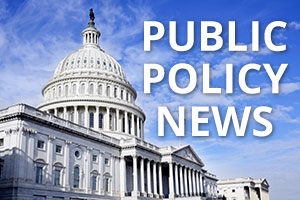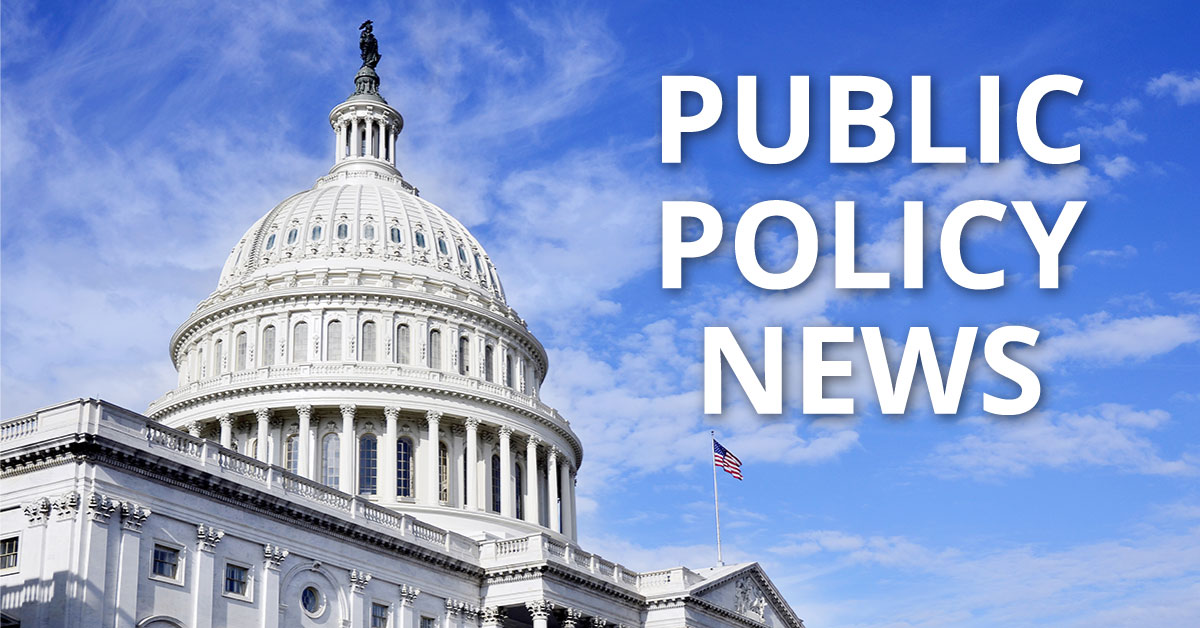by CUPA-HR | April 15, 2025
Each month, CUPA-HR General Counsel Ira Shepard provides an overview of several labor and employment law cases and regulatory actions with implications for the higher ed workplace. Here’s the latest from Ira.
NCAA and Critics Clash Over Proposed $2.8 Billion Settlement of Class Action College Athlete NIL Antitrust Settlement
The proposed NCAA $2.8 billion settlement of the challenge to the NCAA’s past refusal to allow payment to college athletes for their name, image and likeness (NIL) was criticized in open federal court in California on April 7, 2025 (In re College Athlete NIL Litigation (N.D. Cal. No. 40:20-cv-03919)).
The federal district court judge held an open hearing to consider the proposed settlement to include college athletes participating in Division I athletics from 2016 to the present. The proposed settlement would pay the athletes a total of $2.8 billion over a 10-year period. Participating colleges would share up to 22 percent of their annual athletic department revenue with athletes, which would be capped at $20 million for the 2025-26 academic year and increase from there in the future. The judge expressed concern over future athletes being bound by a 10-year agreement that they did not negotiate. We will follow future developments in this case as they unfold.
Volunteer Baseball Coaches Settle $49.3 Million Antitrust Case With NCAA – Separate Case for Other Division I Volunteer Coaches Continues
A class of former Division I volunteer baseball coaches have reached a proposed settlement of their antitrust claim against the NCAA for a proposed $49.3 million, which must be approved by the federal court handling the litigation (Smart v. NCAA (E.D. Cal. No. 2:22-cv-02125, 3/24/25)). The volunteer coaches argued that the NCAA enforced unfair anti-competitive rules which forced them to work for nothing while they often performed the same duties as paid coaches and worked more than 40 hours per week. The baseball coaches in this case included a class of 1,000 people who worked as volunteer baseball coaches in Division I from Nov. 29, 2018, to July 1, 2023.
Under the proposed settlement, each class member would receive $36,000 for each year coached during the period. A hearing on this settlement will take place on April 28, 2025.
A separate class action was recently certified and will move forward independently on behalf of 1,000 Division I, non-baseball coaches (Colon v. NCAA (E.D. Cal. No. 1:23-cv-00245, 3/11/25)). We will report on developments in this case as they unfold.
Federal Court Rules for University and Rejects Claim That Anti-Racism Training Created a Hostile Work Environment – Professor’s Claim Dismissed on Summary Judgment
A federal district court judge, who had previously denied Pennsylvania State University’s motion to dismiss hostile work environment claims related to anti-racism training and subsequent “negative” workplace comments, granted the university’s motion for summary judgment on the professor’s claims. The professor claimed that job-related anti-racism trainings and later discussions regarding anti-racism and White privilege made his work environment unlawfully hostile. The judge concluded that 12 alleged incidents over three and a half years of employment were not frequent enough to be pervasive under federal or state law (De Piero v. Pennsylvania State University (2025 BL 73228, E.D. Pa., No. 2:23-cv-02281, 3/6/25)).
The plaintiff professor claimed that he was exposed to discriminatory comments and a hostile work environment during scholarly discussions, a campus-wide town hall meeting, a professional development meeting, and a guest lecture presentation. The plaintiff also alleged that he voiced discomfort with statements such as, “White teachers are a problem.” The judge noted that the professor was assured by an affirmative action officer that the statements were not an attack on him personally, that he does not “carry the burden” of the White race, and that he is not responsible for what White people have or have not done.
Finally, the judge rejected the professor’s argument that this case would have been treated differently if the topic involved deriding Black people or Black privilege. The judge concluded that the 3rd Circuit precedent includes cases in which “equally offensive comments directed at Black employees have been found to be insufficiently pervasive.”
Court of Appeals Reverses Federal Court Injunction Precluding Enforcing the Trump Administration Executive Order Ban on DEI Subject to Its Decision on Constitutionality
The 4th Circuit Court of Appeals reversed a federal district court judge’s injunction precluding enforcement of the Trump administration executive orders banning DEI. The judge had issued the injunction, concluding that it was likely that the plaintiffs, the National Association of Diversity Officers in Higher Education, would prevail on their claim that the executive orders violated the First Amendment by chilling free speech rights without due process (National Association of Diversity Officers v. Trump (D. Md, No.21-cv-333, 3/10/25)).
The initial injunction was issued on Feb. 21, 2025, and appealed by the Trump administration. The Court of Appeals stayed the injunction on March 14, 2025. The executive orders now remain enforceable subject ultimately to the Court of Appeals and possibly Supreme Court decisions on constitutionality.
EEOC and DOJ Publish Guidance About DEI Plans and Discrimination
On March 19, 2025, the EEOC and the U.S. Department of Justice (DOJ) published two technical assistance documents aimed at “unlawful discrimination” in workplace DEI programs. The first document is a short primer entitled, “What to Do If You Experience Discrimination Related to DEI at Work.” It describes the process of filing a discrimination claim under the Civil Rights Act and examples of actions that could be grounds for filing such charges.
The second document is an FAQ entitled, “What You Should Know About DEI-Related Discrimination at Work.” One of the Q&As explains the circumstances under which DEI could be unlawful.
Court Rejects Professor’s First Amendment Claim After Revised Lawsuit Fails to Address Earlier Dismissal Over Gender Slurs in Class
A San Diego State University philosophy professor, who was suspended without pay following student complaints that he used gender-based slurs in his philosophy class in a way “unrelated” to his teaching, had his amended complaint dismissed. The federal district court judge in California concluded that the amended complaint did not satisfy the court’s original dismissal based on the conclusion that the slurs were unrelated to his teaching (Corlett v. Tong (2025 BL 110938 S.D. Cal. 4/1/25)). The professor had, prior to this incident, been reassigned classes following complaints that he used a race-based slur in another class.
The professor claimed that he used the language in his philosophy class as a way to demonstrate to students that terms can have multiple meanings. His claims were dismissed by the court, citing a four-page comprehensive investigator report received by the university prior to imposing the suspension, which concluded that the “slurs” were inappropriate and also violated the California Education Code. The court concluded that his amended complaint did not establish a basis to conclude that the university’s reliance on the independent investigator’s report was unreasonable.
Because of the unprecedented and fast-changing pronouncements of the new presidential administration and the intervening court challenges, the developments contained in this blog post are subject to change. Before acting on the legal issues discussed here, please consult your college or university counsel and, as always, act with caution.
Share This Article:





